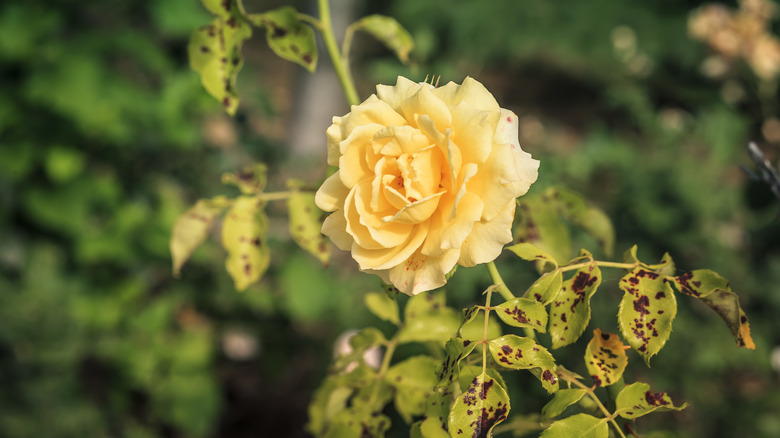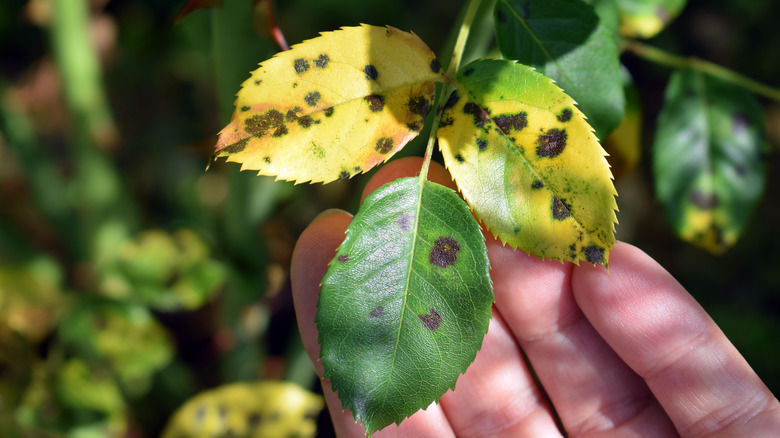Tips For Easily Identifying And Controlling The Common Black Spot Disease In Your Garden
Roses are a timeless addition to any garden not only because they are elegant and aromatic, but they're also one of those lovely perennials that keep coming back year after year. However, the problem with roses is that they do require some extra care. For example, roses need to be pruned in early spring (they are one of those plants that you shouldn't ever prune in fall), guarded from deer, and can unfortunately catch black spot disease. Black spot disease is a type of fungus that can develop on many different plants but is most commonly seen on roses. This fungus causes the leaves of affected plants to develop blackish purple spots. Roses or other ornamental plants that catch black spot disease begin to drop leaves early and slowly become weaker as the fungus spreads.
The best way to treat black spot fungus is to catch it early, so it is important to regularly check the leaves of your rose bushes for any dark brown or purple spots developing in the lower branches and foliage. Like most plant fungi, black spot disease is typically caused by excess moisture so it is especially important to check on your rose bushes in early spring after periods of cool and wet weather. If you do catch any black spot fungus on your bushes, you should remove the affected leaves or stalks immediately and throw them away. It is crucial not to allow infected leaves or plant matter to remain in your garden because this will allow the fungus to continue to spread and may even cause the roses to be reinfected next year.
How can you control and prevent black spot disease
Besides cutting infected leaves and branches off your rose bushes, there are a few other things you can do to help prevent black spot fungus from taking hold of your garden. The first is to be careful about how you water. Because black spot fungus develops due to excess moisture on the foliage of rose bushes, you can help prevent the disease by pouring water directly into the soil around your roses and refraining from hosing down the entire plant and wetting all its leaves. Furthermore, you should try and always water your roses (or other infected plants) early in the morning so any wet leaves have time to dry out in the sunshine.
If you have roses that have been infected by black spot during previous years, you can consider treating them in early spring with a fungicide that contains chlorothalonil, copper sulfate, or myclobutanil. There are many different strains of black spot fungus and certain strains may be more resistant to specific fungicides than others, so it is likely that you will need to use a combination of at least two different fungal treatments to fully destroy the black spot disease. Some gardeners have also had luck with pure neem oil. Rose bushes' susceptibility to black spot fungus is also one of the reasons that many gardeners choose to plant roses with companion plants like cone flowers, which are naturally resistant to fungal diseases. It's also a good idea to plant roses in areas where they will get plenty of sunlight and to try to purchase varieties of roses that are more resistant to the disease.

